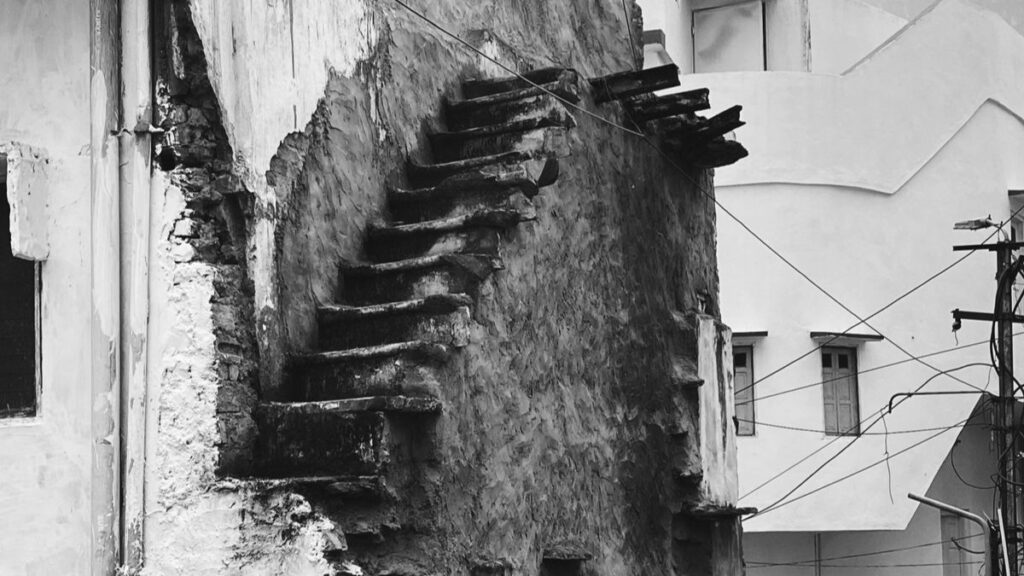Kanheri Caves, Mumbai 2019











Like a spirit I moved on the stone hill covered with trees that reached the skies. Their knotted trunks were witness of ten thousand year old histories, when young pupils lived in the caves desirous of learning from Bodhisattva, having left their families and never looked back.
Sculptors would carve out thick pillars from the stone rocks and make them habitable. The masters sculpted Lord Buddha.
A river flowing past offered bathing space where the pupils cleansed themselves.
The large rocks offered great spaces for meditation, the skies bending towards the trees to absorb the silence of the place. Some clouds decided to stay here till the scorching sun dissolved them into thin air.
In the monsoon, torrential rains fell on the hard rocks and flowed mysteriously into the stream that emptied itself in a large lake surrounded by Jamun trees and monkeys chittering in the grove.
Buddhist students from Far East would come here to learn from the Bodhisattva and consider themselves blessed.
On a one day business visit to Mumbai, I decided to visit the Kanheri caves in the Sanjay Gandhi National Park in North Mumbai. It was a cold winter day and I reached there by taxi from the airport in 20 minutes.
Now a part of the Sanjay Gandhi National Park of Mumbai’s Borivali locality, the Kanheri Caves were once inhabited by the monks as a refuge from the rains and harsh weather.
The word ‘Kanheri’ has been derived from the Hindi word Krishnagiri or Kanha-Giri, which means Krishna’s home (Krishna implies the dark one). Therefore, these caves have been named so because they have been formed of black basalt rock.
According to the archaeologists and historians, during their formative phase, they must have served as a temporary residence or ‘vasha vaasa’ (rain shelter) for the monks. The monks lived in these caves to live, study and meditate, and as a policy no woman was allowed to live in Kanheri Caves in the earlier stages and even as more and more time lapsed.
Over a period of time, the Kanheri Caves emerged as a centre of learning just like the famous Ajanta and Ellora Caves.
The caves were abandoned in the 11th century AD, and afterwards, they were re-discovered by a group of Japanese monks. It is from here an important school of Buddhism, popular in Japan, emanated.
.........
Inside the caves, there is a large Vihara (prayer hall) and stupas, Buddhist shrines featuring Buddhist paintings and carvings on them. There are more than 30 unfinished paintings of Buddha. The Kanheri Caves have a complex system of water harvesting, which leaves the discerning visitor awestruck.





